Polish
Polish is a western Slavic language of the Indo-European language family much like Czech, Slovak and Sorbian. These languages belong to the same language branch and have the advantage of being mutually intelligible. Polish is the second most spoken Slavic language in the world after Russian and the 6th most important language in the European Union, just after Spanish in fifth. This language has also been exported abroad to countries like the USA, Germany or even the UK, primarily by the exodus of Jewish refugees during the Second World War, then again during the 2000s with the influx of workers from Eastern Europe attracted by the European countries in economic boom, such as Ireland, coined “the Celtic Tiger” at the time.
Unlike its Eastern Slavic neighbours, Russia, Ukraine or Belarus, Poland uses the Latin alphabet introduced in the 10th century with the arrival of Christianity. Many terms used today have Latin origins, such as “dom” that comes from the Latin “domus” which means “house” or “nowvey” which comes from the Latin “novus” which means “new”. Loanwords from Latin in Polish are mostly religious or scientific. From the late 19th century, with Germanisation policies and then the communist occupation of the country (during which learning Russian was mandatory), the Polish language was under German and Russian influence, the effects of which can still be seen today.
A diacritic Latin alphabet
Regarding Polish, the writer Gustave Flaubert stated “it is clever raillery to say: Russian and Polish are not spoken, they are sneezed”, referring to the difficulty of speaking these languages for foreigners . We will have a specific look at these difficulties. The writing of the Polish alphabet contains some additions to the Latin alphabet that we know:
- Diacratic marks (Ą ą Ę ę) : this small tail underneath the vowel is called “ogonek” in Polish and marks nasal vowels which do not exist in any other Slavic language.
- The acute accent, also on consonants unlike in French and Italian (Ć ć Ń ń Ó ó Ś ś Ź ź).
- The slash (Ł) which represents a labio-velar, spirant consonant and corresponds to the phoneme /w/.
- Over dot (Ż ż) which represents the sound /ʐ/.
- Digraphs (ch, cz, dz, dź, dż, rz, sz) that are the joining of two characters to form a single grapheme and are difficult to pronounce for the uninitiated.
- The letters q, v and x do not feature in the Polish alphabet, they are only used in lendwords from other languages.
Another difficulty comes from the presence of 7 grammatical cases (nominative, genitive, dative, accusative, vocative, instrumental and locative) which, to the dismay of foreign learners, allow for one word to have multiple declensions.
Varianti
Considered one of the most homogenous languages in Europe, Polish has very few dialects, the three main dialects are: Lesser Polish that is spoken in Kraków, the South of the country and the Lesser Poland Voivodeship; Greater Polish, spoken in the central Western region of Poland and lastly Masovian from Warsaw and the Masovian Voivodeship. There is also Silesian, a form of Lesser Polish that has undergone heavy Germanic influence.
Studio Moretto Group and Polish
Does your company wish to launch in the Polish market? We would be delighted to offer you linguistic assistance for services in translation, interpretation, writing, events, etc. For more information on our services, please have a look at our “Services” tab on our website.

